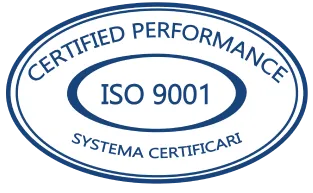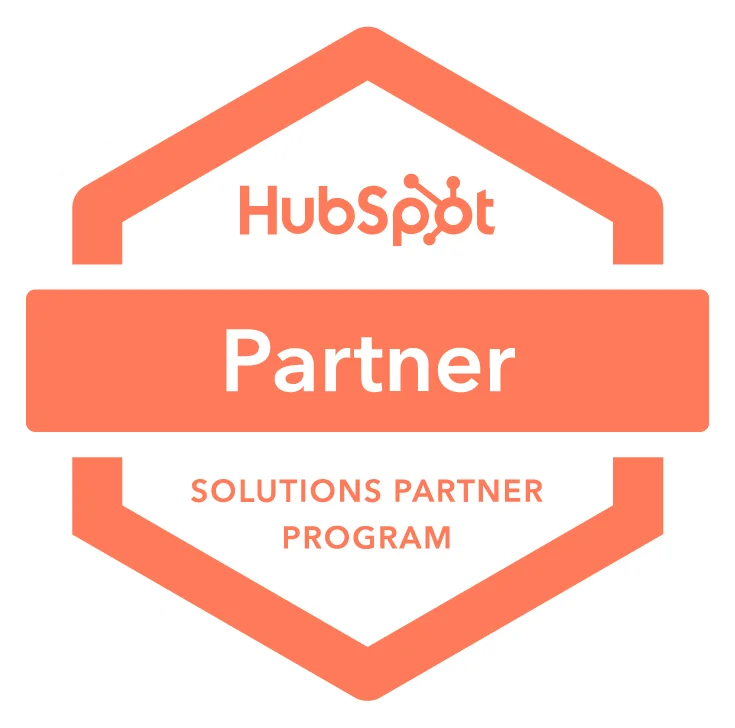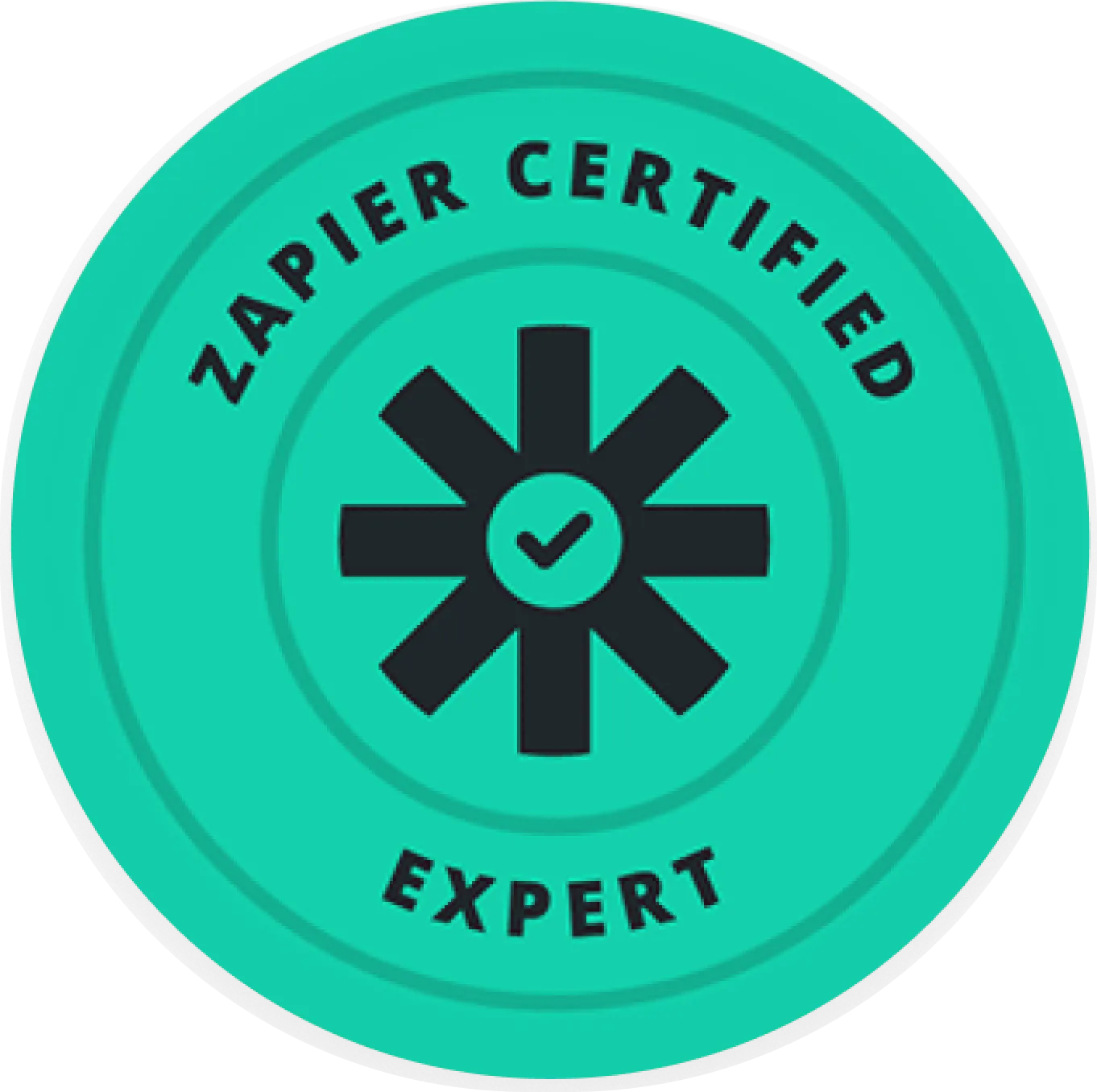
MailChimp is a robust email marketing and automation platform that empowers businesses of all sizes to create, manage, and optimize successful email marketing campaigns. With its user-friendly interface, advanced features, and comprehensive analytics, you can engage your audience, automate personalized communications, and drive conversions.

- Email Campaign Creation: Easily create visually appealing email campaigns using MailChimp's drag-and-drop editor, customizable templates, and responsive designs, ensuring your messages look great across devices.
- Audience Segmentation and Targeting: Segment your audience based on various criteria, such as demographics, purchase history, or engagement level, and deliver targeted messages to specific customer segments, increasing relevance and engagement.
- Automation and Workflows: Automate your email marketing with pre-built workflows and automation features, such as welcome series, abandoned cart reminders, or post-purchase follow-ups, to nurture leads and drive customer loyalty.
- Personalization and Dynamic Content: Personalize your email content with merge tags and dynamic content blocks, allowing you to deliver tailored messages based on individual customer data, preferences, or actions.
- A/B Testing and Optimization: Conduct A/B tests to experiment with different email variations and optimize your campaigns for higher open rates, click-through rates, and conversions, leveraging MailChimp's testing and analytics capabilities.
- Analytics and Reporting: Gain valuable insights into your email campaigns' performance, track key metrics like open rates, click-through rates, and conversions, and use data-driven insights to refine your email marketing strategy.
- Newsletter Campaigns: Use MailChimp to design and send engaging newsletters to your subscribers, sharing updates, news, and valuable content, driving engagement and brand loyalty.
- E-commerce Promotions: Create targeted email campaigns for product promotions, discounts, or seasonal offers, leveraging audience segmentation and automation to drive sales and revenue.
- Drip Campaigns and Onboarding: Automate drip campaigns to nurture leads, onboard new customers, and guide them through a series of educational or promotional emails, improving conversions and customer satisfaction.

Industry Expertise
With years of experience, our team possesses the knowledge and skills necessary to deliver high-quality, efficient solutions.

Custom Solutions
We understand that each business is unique. That's why we offer customized integration services tailored to meet your specific requirements.

Proven Results
Our portfolio of successful integrations speaks for itself. Check out our case studies and client testimonials to see the impact of our work.

Reliable Help
We're with you every step of the way. From initial consultation to post-integration support, our team is dedicated to ensuring your success.









%2520(1).webp)



.svg.webp)



.webp)
















.png)
.png)



.avif)
